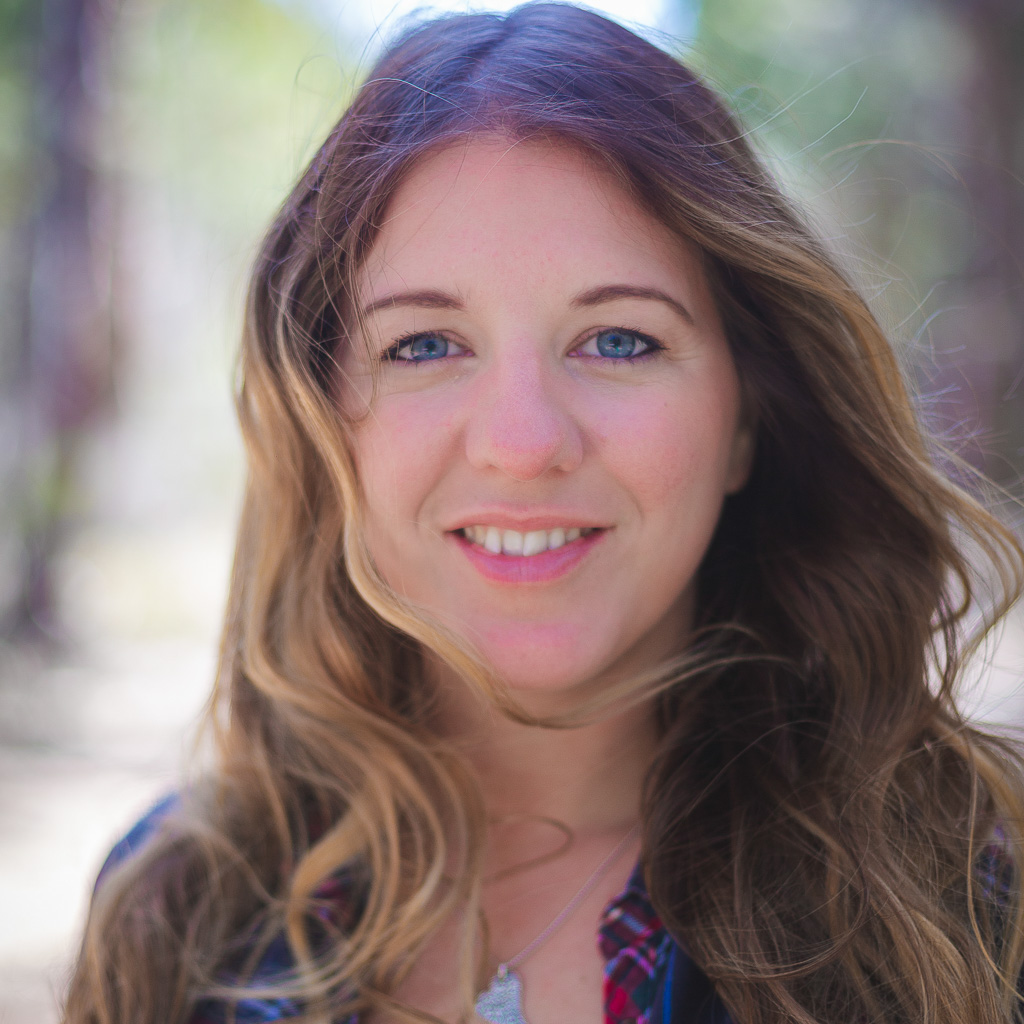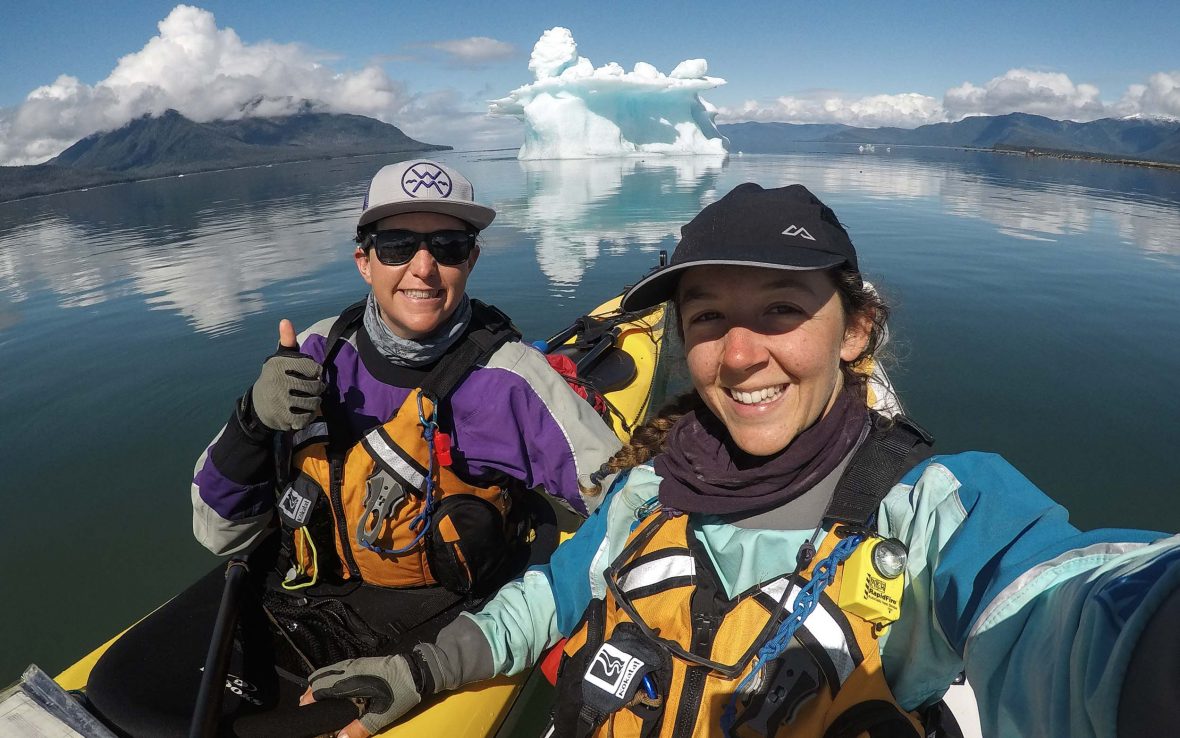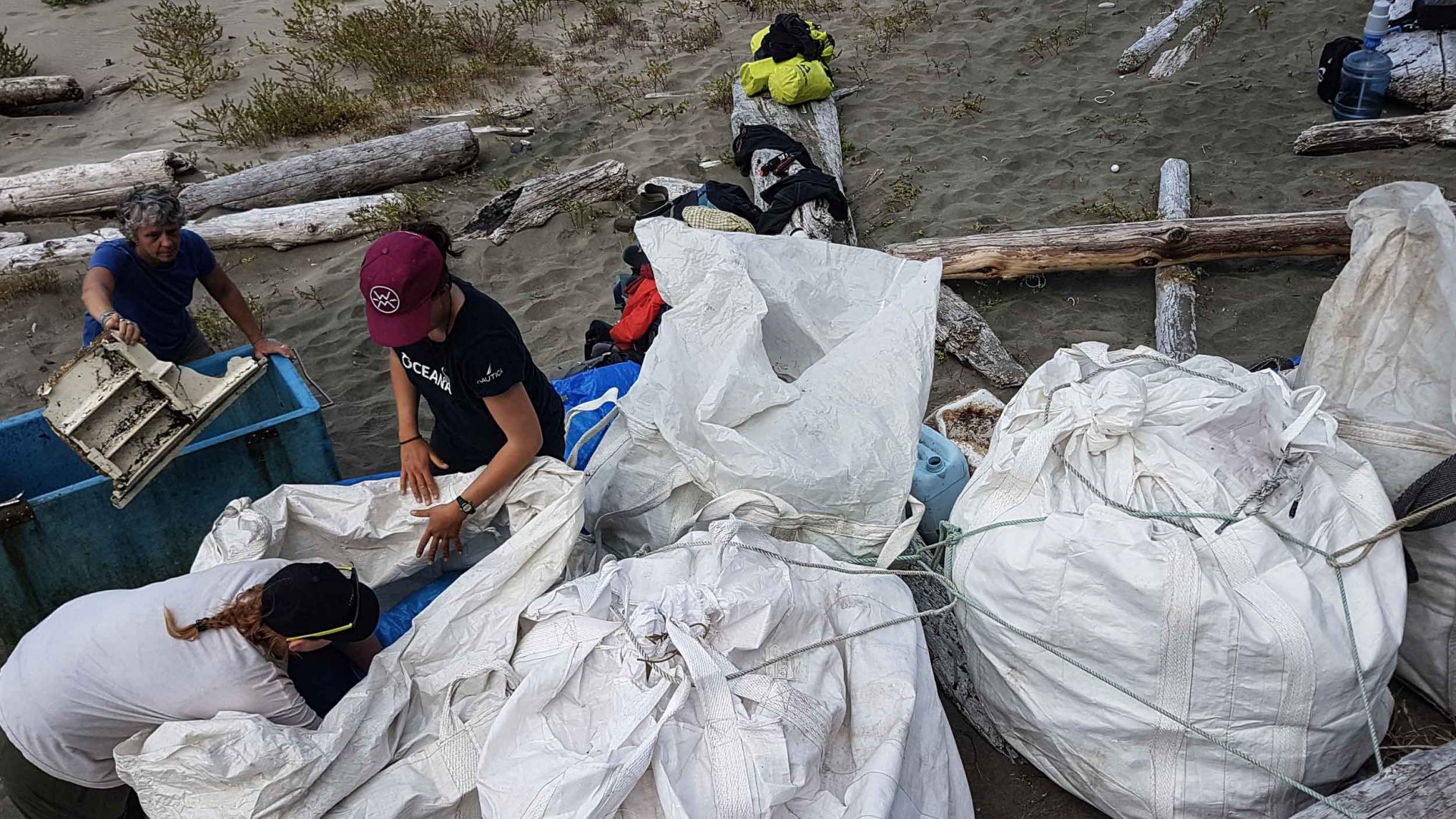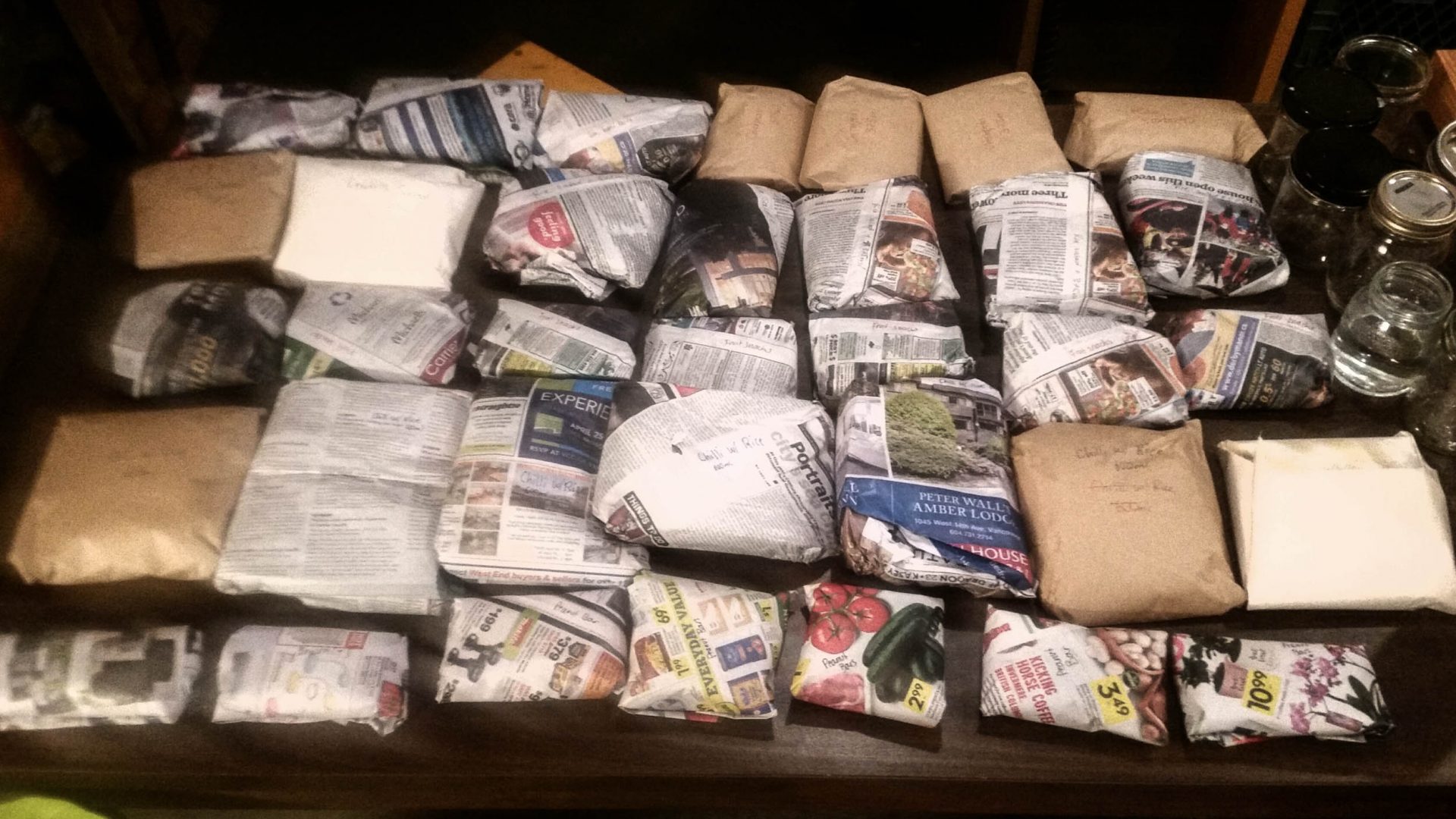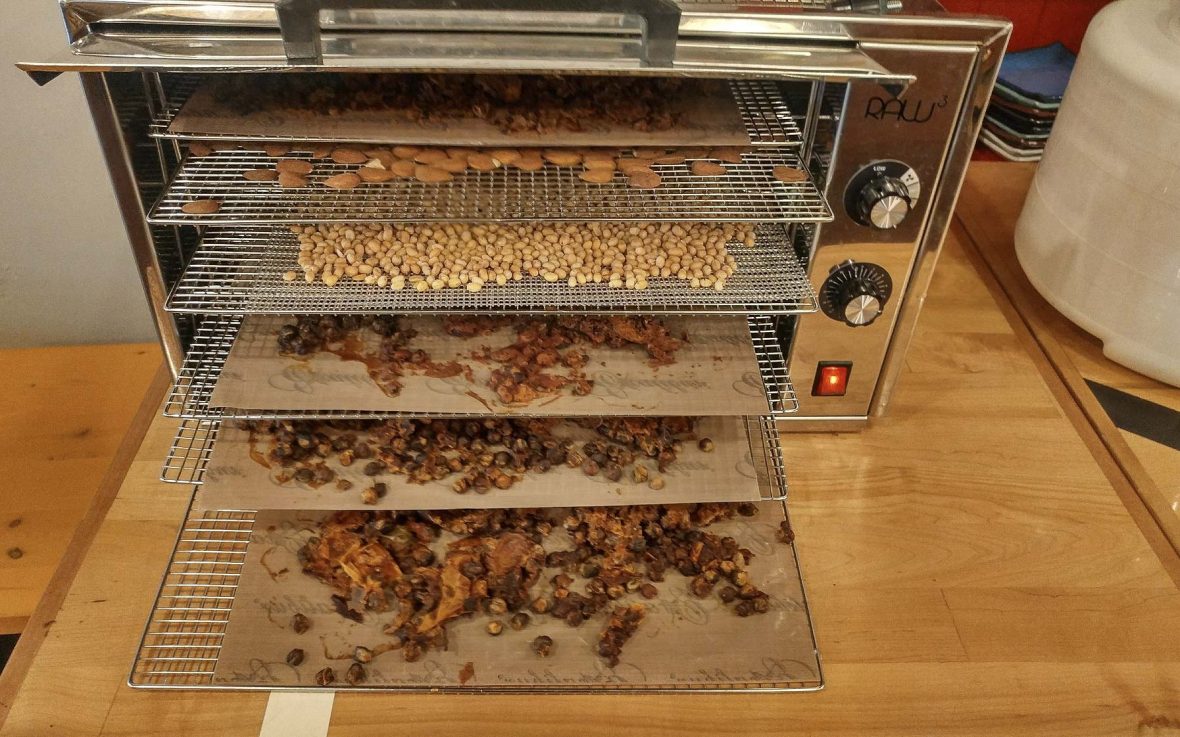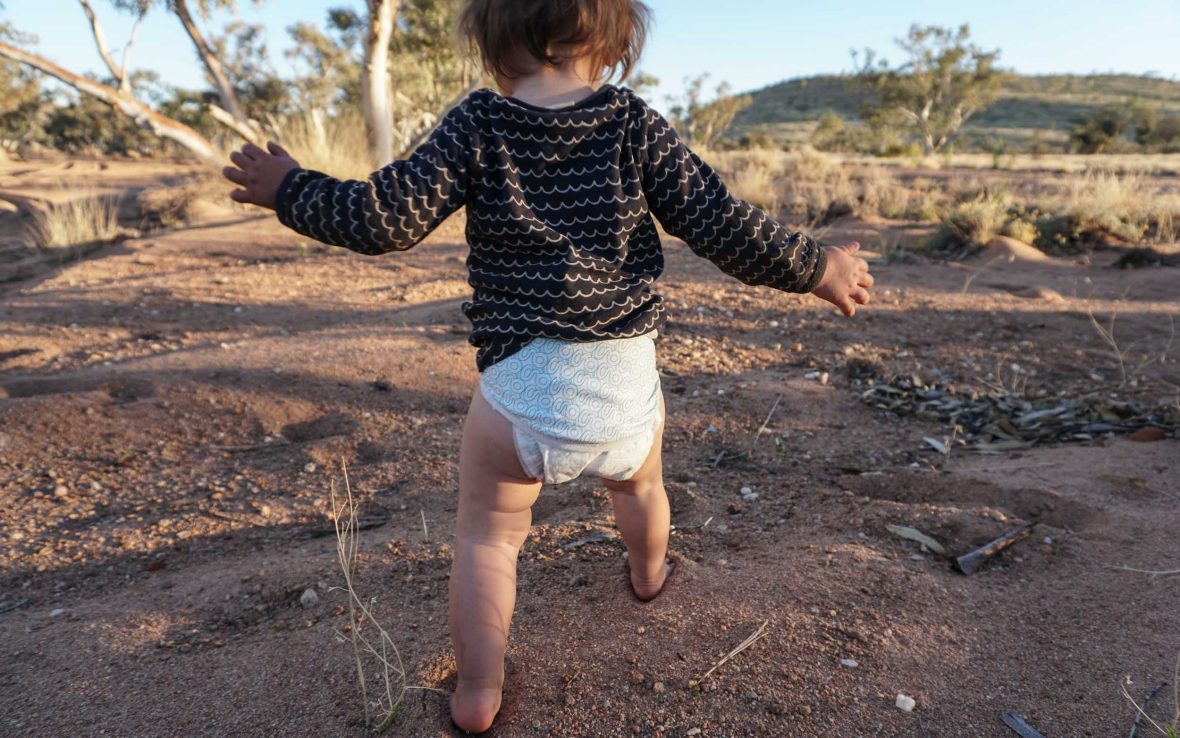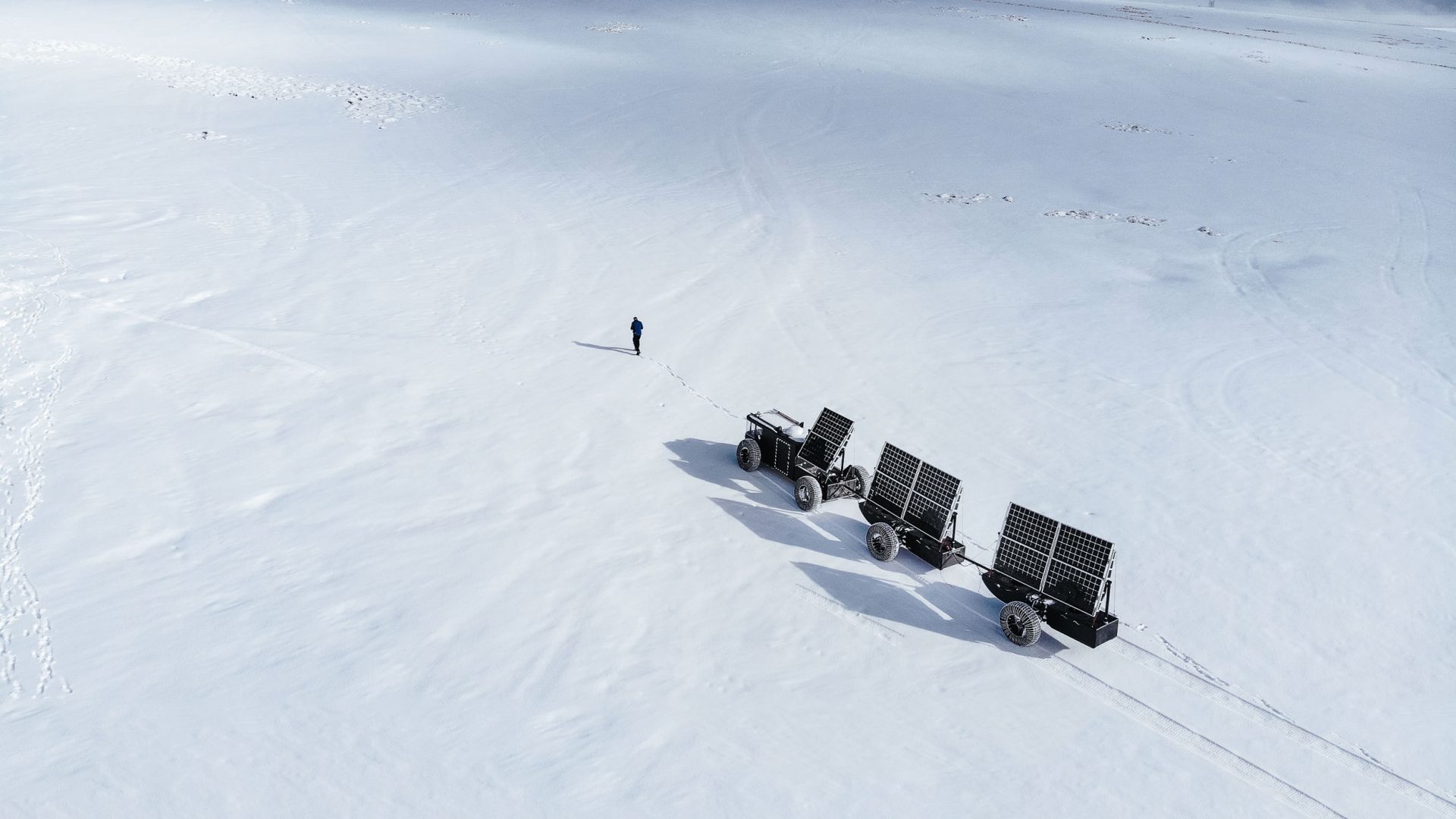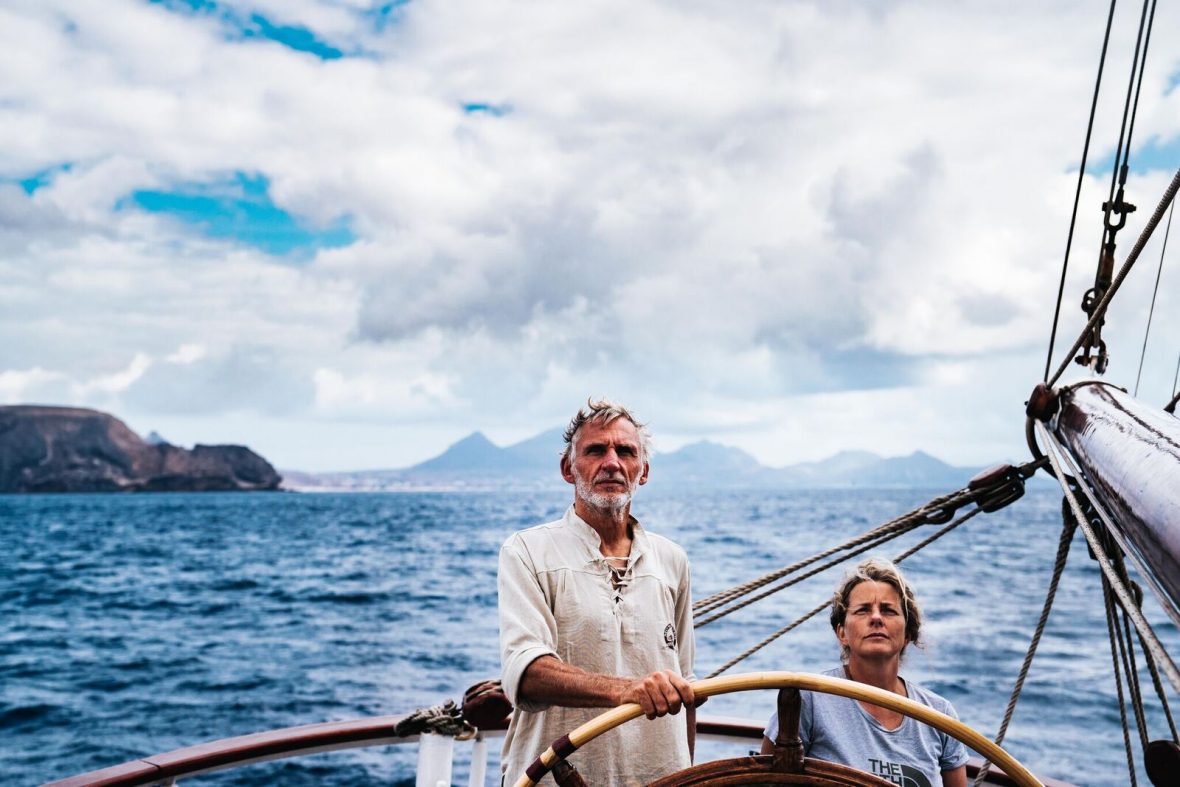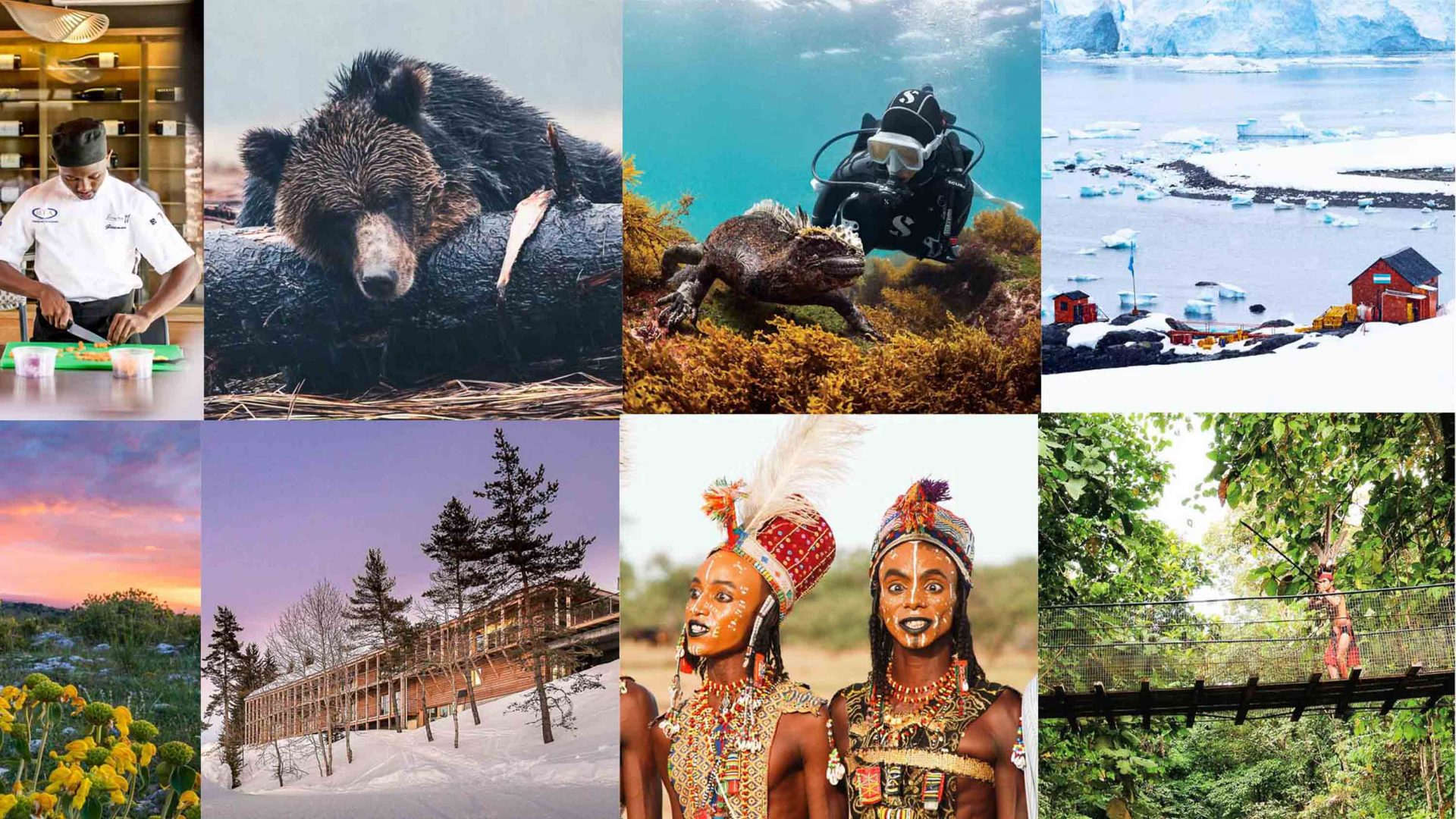Think going waste-free when traveling is too hard? Tell that to the couple who built a solar-powered car from recycled plastic and drove it to the South Pole.
It seems like every second article on my
news feed right now is about single-use plastic. And with good reason. By 2050,
plastic in the oceans will outweigh fish unless we take drastic action.
In fact, the focus on single-use plastic is so prominent that Collins Dictionary named ‘single-use’ its word of the year in 2018. And the European Union recently voted to ban single-use plastics by 2021. In general, the world seems to be shifting away from a philosophy of consume, consume, consume, and towards one of reduce, reuse, and recycle instead.
While many of us are striving to be more
eco-friendly—and even waste-free—in our everyday lives, can we all honestly say
the same for when we’re out exploring the world? Avoiding single-use plastics
entirely can be tricky at the best of times—let alone when traveling through
developing nations or in more remote parts of the world.
But going waste-free when traveling is as important abroad as it is at home. That’s something Lucy Graham and Mathilde Gordon—who met at James Cook University in Queensland, Australia—firmly believe. They kayaked over 2,000 kilometers from Glacier Bay in Alaska to Victoria on Vancouver Island—and they did the entire three-month route, known as the Inside Passage, without using any single-use plastics at all.
RELATED: How to travel and make a difference this year
“Our biggest challenge was food,” says Mathilde. “Even though we lived plastic-free at home, a few years ago we wouldn’t have thought twice about buying packets of camping food or using individual ziplock bags. It’s just what we did when we kayaked.”
After some trial and error, Lucy hit upon the winning solution. And—wanting to inspire other adventurers—it’s a solution that’s cheap and easily replicated. The pair managed to get all of the meals for their journey cooked and dehydrated by a zero-waste café in Vancouver, which they then wrapped individually in three layers of newspaper, before storing in dry bags. “A zero-waste or plastic-free expedition takes more preparation,” Lucy says, “which is hard when we’re all living in a convenience culture. We’re hoping that by teaching people, things will start to change.”
If you think a zero-waste kayaking expedition sounds hard, try throwing a 15-month-old baby into the mix. Justin and Lauren Jones, aka The Jonesys, spent 102 days walking 1,600 kilometers across the Australian outback with their little girl Morgan.
Justin is no stranger to the adventure world; he’s a professional adventurer who has kayaked from Australia to New Zealand and skied to the South Pole and back. But for Lauren, whose background is corporate sustainability, their enormous walk was her first big adventure.
Even so, the couple’s ethics were set in stone from day one. “It was always going to be waste-free, because that’s who I am,” she says. “For adventurers, it’s usually different considerations: What will fuel me? What’s lightweight? They ‘pack in and pack out’, but that’s literally just the basics. I wanted our trip to pioneer the idea of zero-waste expeditioning.”
They stored their food—which also included powdered milk, muesli, pancake mix, dried fruits and nuts—loose in dry bags and had no issues, even in the 40-plus degree heat.
They make it sound simple, but why aren’t more adventurers doing it? Lauren postulates that it’s the very same reasons people are reluctant to go zero-waste in everyday life. “The need for convenience,” she says, “and a lack of understanding that when you throw something away, there is no ‘away’.”
RELATED: Can swimming with humpbacks help protect the ocean?
The family managed the entire trip waste-free apart from the occasional bottle of water gifted by well-wishers, which they compensated for by picking up trash throughout their journey. “People kept telling us not to call it a zero-waste expedition as they were worried it wouldn’t be possible,” says Lauren. “But it’s not about being perfect, it’s about having conversations and making better choices.”
Like something from a sci-fi movie, the couple started experimenting by melting down their own plastic waste and turning it into the fiber that feeds 3D printers. Next, they did this on an industrial scale and used 3D printers to create ‘HexCores’—a building block inspired by honeycomb, making it strong but light.
It’s from these that the ‘The Solar Voyager’ is made. It’s powered by 10 solar panels which—thanks to the 24 hours of sunlight in the Antarctic—should keep them going for up to eight hours per day.
Working with a team of global experts, every part of the vehicle has been specialized for the unique requirements of the expedition, which includes driving 2,400 kilometers across -30°C icy deserts. “The Solar Voyager proves that we don’t need to invent new technology,” explains Liesbeth. “We have all the technology we need for a sustainable world—we just need to rediscover what we can do with it and apply it.”

